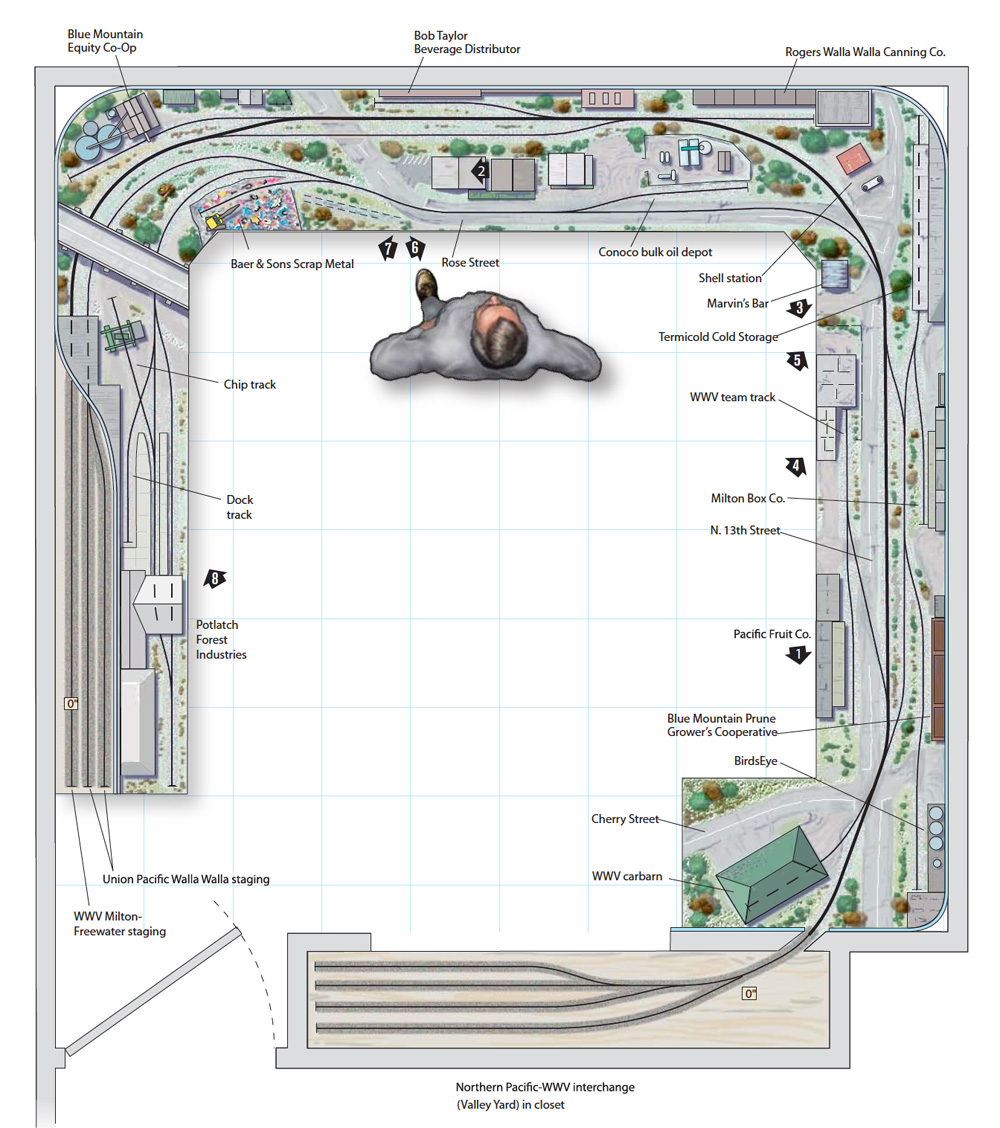
Q: I would value your feedback on how to approach creating a new HO scale layout. I’m approaching retirement, so I will have the time to get back into model railroading, which I’ve not pursued in more than 40 years. So much has changed that it’s overwhelming. I have a lot of track and rolling stock that I packed away decades ago, but given all of the new technology, I’m uncertain how to approach it. I want to avoid mistakes yet take advantage of all of these new capabilities. I have a 9 x 9-foot space available but want to create a track plan that avoids tight curves that may cause derailments. What can you suggest regarding the best way to approach this project? – Bruce G. Heniken
A: As you contemplate how to get back into model railroading after such a long hiatus, you have an endless vista of options ahead of you. If you’ve ever heard the term “analysis paralysis,” you know that having too many choices can actually keep you from making any of those choices. So your first step, oddly enough, is to start restricting your options.
One of the earliest decisions a model railroader must make is in what scale to model. Since you have a bunch of old model train stuff boxed up from decades ago, that decision might seem to have been made. But before you let your past dictate your future, unpack all those boxes, set up a track and power pack, and give your equipment a rigorous test run. If in the course of building and running your new layout you would end up forced to replace most of that equipment anyway, you shouldn’t let it dictate your scale choice. If it operates unreliably, is incompatible with the new technology you want to explore, or isn’t up to your current modeling standards, ditch it now. A different (read: smaller) modeling scale might be better suited to your limited space.
Next, pick your favorite era, location, and prototype. Again, your vintage equipment might dictate these decisions, but even if you ditch the old stuff, you’ll still have to make a choice. Settle on a time frame, region, and railroad that speaks to you and stick with it. Of course, it’s your railroad and your choices, and freelancing is a valid option. But a lot of modelers find that sticking to a specific concept can also be freeing, as it prevents you from making poor choices (and purchases) you’ll regret later. As a wise man once told me, “If you say you’re modeling the 1950s, you’re actually modeling 1959 badly.”
As for the region and prototype, some modelers make this choice based on what kind of trains they like – long coal drags, hotshot intermodals, steam loggers, commuter traffic, grain trains, branchline switchers, whatever. Another factor is the kind of scenery you like – flat prairies, forested hills, rocky mountains, seashores. Others choose based on a favorite diesel paint scheme, or the railroad they watched growing up, or a model from 40 years ago. There’s no wrong choice.
Then, get your feet wet. Figure out what it is about model railroading that still holds fascination for you decades since you put it aside. Build some structure kits, weather some rolling stock, landscape a diorama or module, guest operate at a local train club or a friend’s layout. If you’re only now nearing retirement age, you could have decades of modeling ahead of you. You should plan your eventual model railroad so that it offers the most of what you like the most about the hobby. If you like doing scenery, consider a rural, mountainous layout. If constructing and detailing structures is your thing, make it urban. If you like collecting and weathering rolling stock, make sure your future layout has a big classification and storage yard. If you enjoy operation, plan an industrial switching layout. If you want to just watch trains run, include a continuous running option.
Now for some specific recommendations. If you want to avoid sharp curves in a 9 x 9-foot space, you should build an around-the-walls shelf layout, with the operating pit in the middle. A minimum curve radius of 24” would probably work, giving you almost 5 feet of straight track between corners where you can attach spurs and sidings. That curve radius would work for N, HO, and On30 scales. Put a narrow lift-out or swing bridge – not a duckunder, trust me on this – across the entrance to the layout so you can run trains in a continuous loop for visitors. I would recommend mounting the layout high enough so you can build a staging yard of at least a few tracks at a convenient height under it. Hidden staging might seem like a hard feature to include in such a small space, but being able to bring trains onto your railroad from the unmodeled “rest of the world” will make it seem much bigger operationally.
Finally, new retirees often find themselves feeling aimless without a work schedule to give their post-employment lives structure. Consider scheduling your time working on the layout. Set aside a particular block of time, one or several days a week, to work on your layout uninterrupted. It doesn’t have to be a lot of time. But if it’s a regular schedule, it will help you get your mind in the game. You’ll find yourself far more focused, and get far more done, than if you make your hobby just a “whenever I feel like it” activity. And seeing regular progress on your layout is a sure antidote to getting bogged down in what can be a years- or even decades-long task. As you get back into model railroading, remember, “Model railroading is fun!”
Send us your questions
Have a question about modeling, operation, or prototype railroads? Send it to us at AskTrains@Trains.com. Be sure to put “Ask MR” in the subject.






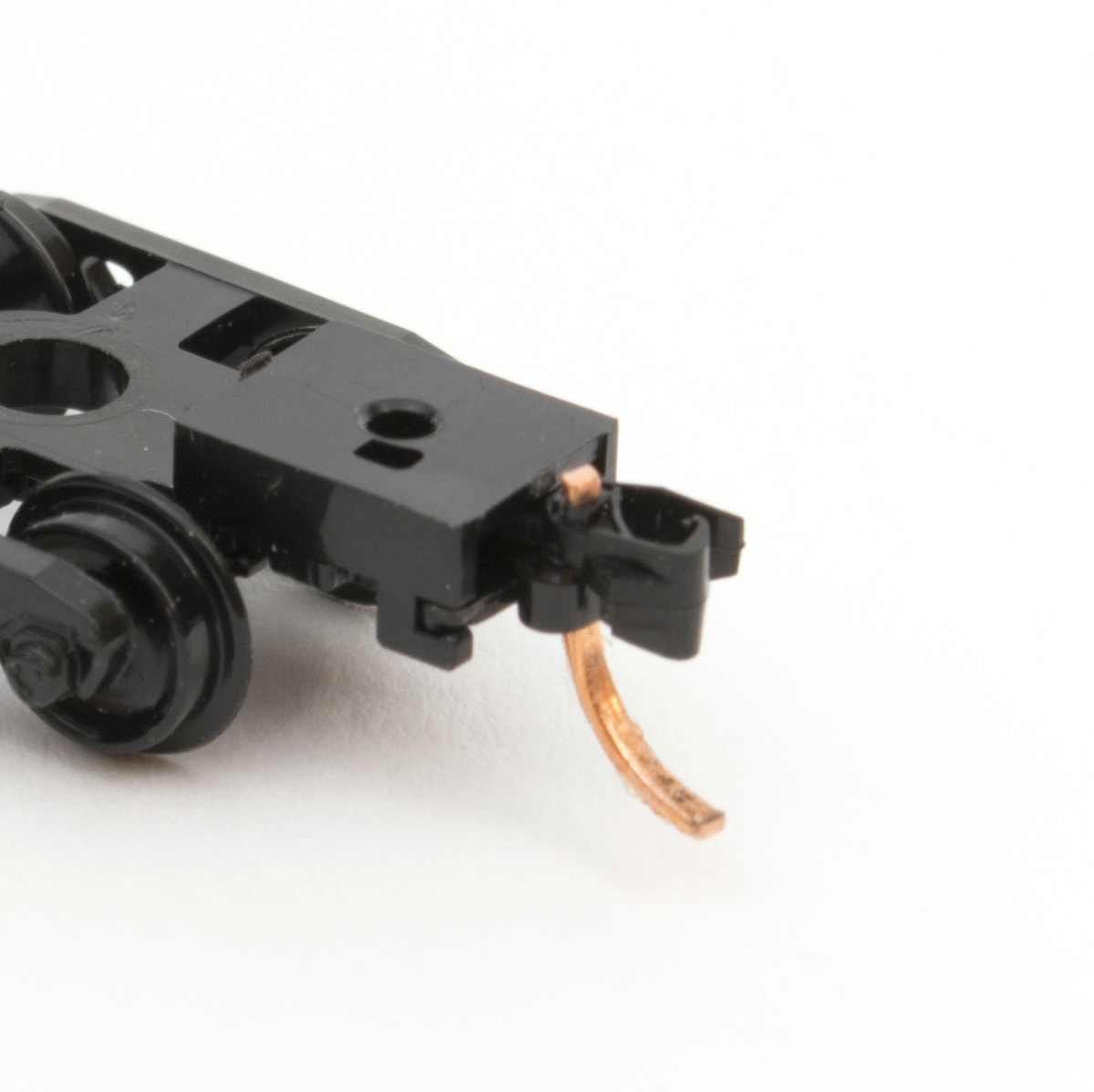
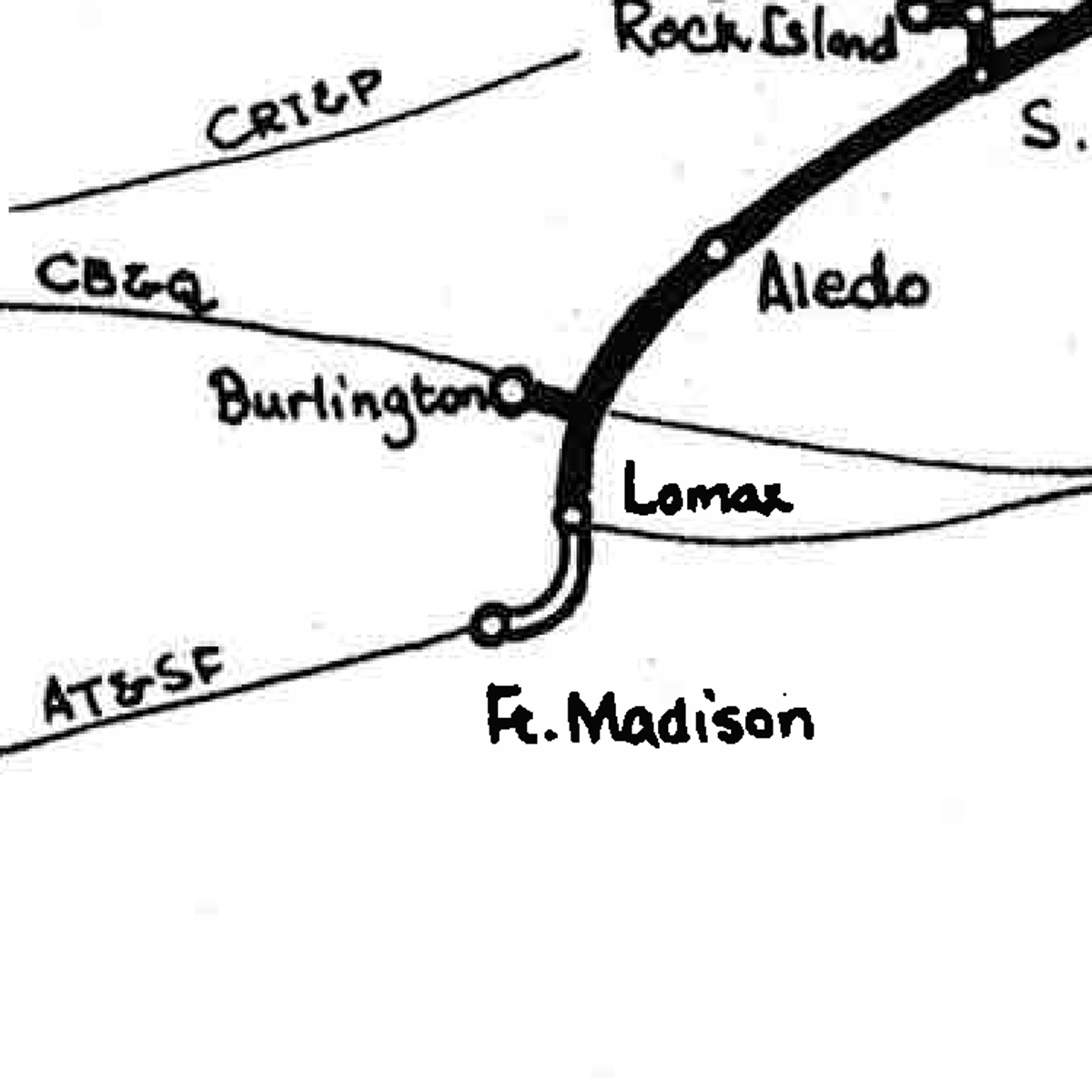
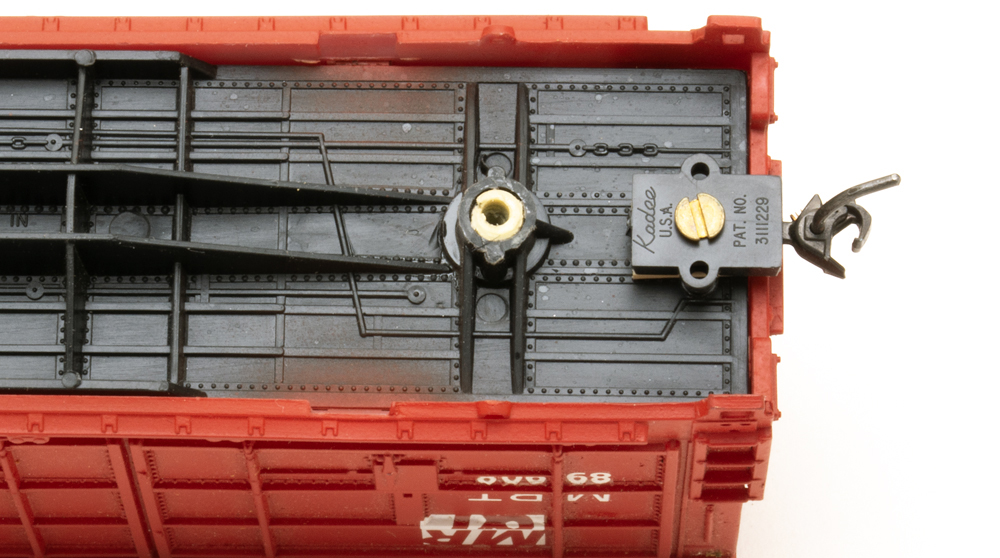
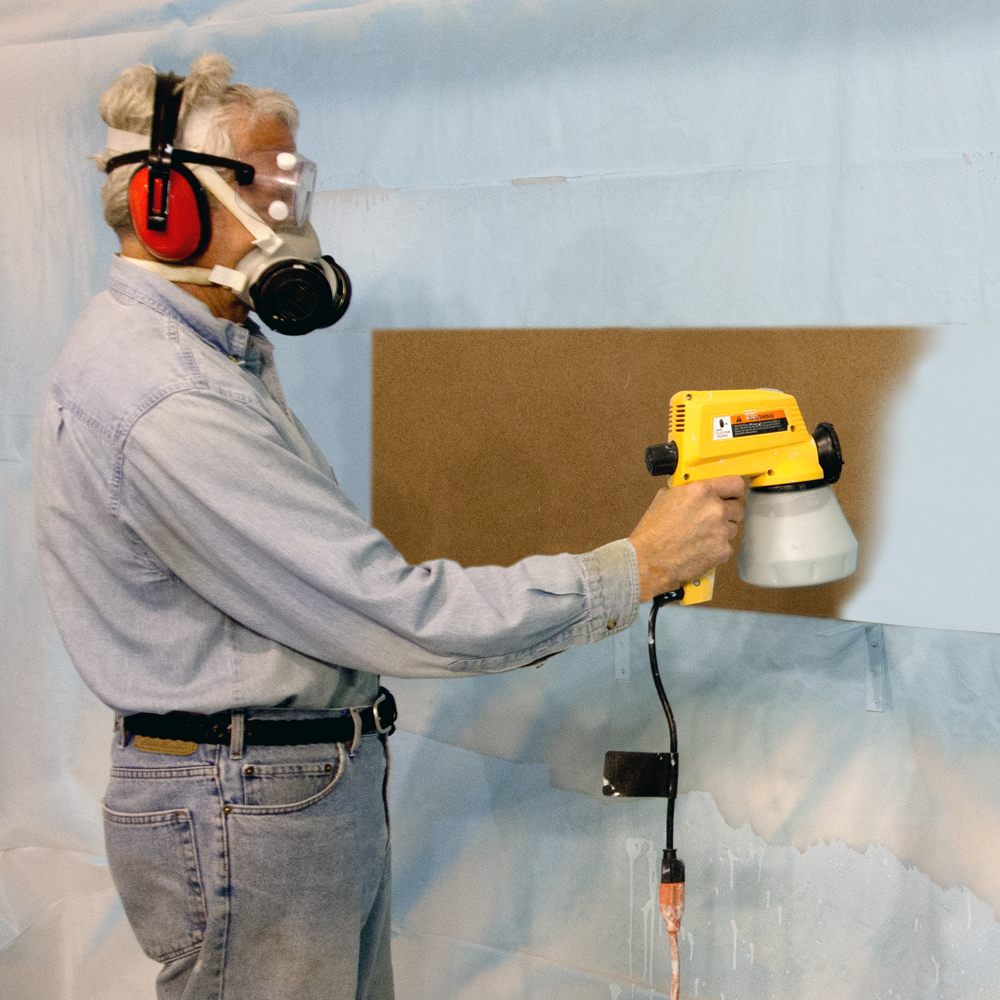




p.s. Also visit the local hobby shop and ask about other modelers in the area and get in touch with them. A marvelous bunch of folks who’ll share info with you.